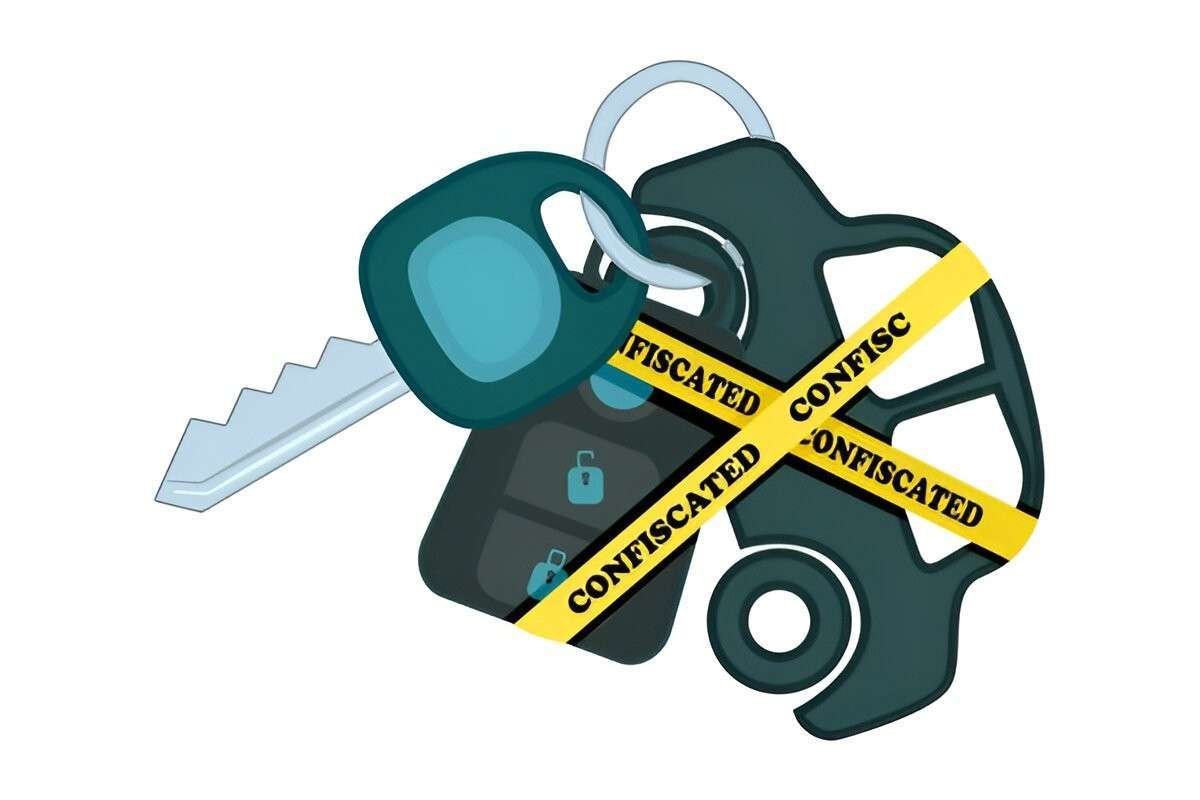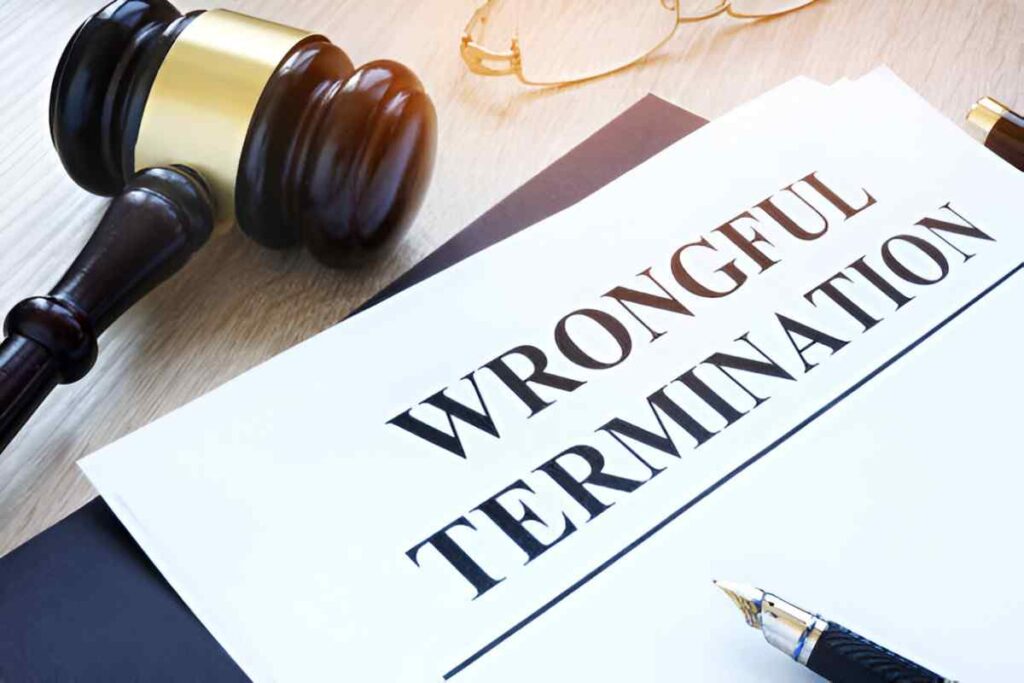Distrain refers to a legal process where a creditor takes possession of a debtor’s property or assets as security or in lieu of payment for a debt owed. This action allows the creditor to seize and hold the debtor’s property until the debt is settled or other legal arrangements are made. Understanding the concept of distrain is essential for both creditors seeking to recover debts and debtors facing potential legal action.
Table of Contents
Key Features of Distrain
- Creditor’s Rights: Distrain grants creditors the legal right to seize and hold a debtor’s property as collateral against unpaid debts.
- Legal Process: Distrain typically follows a formal legal procedure, often involving court approval or statutory provisions depending on jurisdiction.
- Debtor’s Rights: Debtors have certain rights and protections during the distrain process, including notification and options to resolve the debt or reclaim seized property.
How Distrain Works
- Initiation: The creditor initiates the distrain process after the debtor fails to repay the debt or meet financial obligations as per the agreed terms.
- Legal Authorization: In many jurisdictions, creditors must obtain legal authorization, such as a court order or statutory authority, to conduct a distrain.
- Seizure of Property: The creditor identifies and seizes property belonging to the debtor, which may include tangible assets like vehicles, equipment, or inventory.
- Notice to Debtor: Debtors are typically notified of the distrain action, informing them of the creditor’s intent to seize their property and the reasons behind it.
- Resolution Options: Debtors often have the opportunity to negotiate repayment terms, settle the debt, or challenge the distrain through legal means to reclaim seized property.
Example of Distrain
Let’s illustrate with a hypothetical example:
- Scenario: Company A owes a substantial debt to Supplier B for goods delivered but has not made payments for several months.
- Distrain Process:
- Initiation: Supplier B initiates legal proceedings and obtains a court order allowing distrain on Company A’s assets.
- Seizure: Supplier B seizes Company A’s machinery and inventory as collateral until the debt is settled.
- Notice: Company A receives a legal notice detailing the distrain action, including the amount owed and steps to resolve the debt.
- Resolution: Company A negotiates a payment plan with Supplier B to repay the debt over time, leading to the release of seized assets upon compliance.
Legal Considerations and Rights
- Due Process: Distrain processes must adhere to legal requirements, ensuring fair treatment of debtors and proper authorization for creditors to seize property.
- Debtor Protections: Debtors have rights to challenge distrain actions, seek legal advice, and negotiate settlements to resolve debts and reclaim seized assets.
- Types of Assets: Depending on jurisdiction, certain types of property may be exempt from distrain, such as essential personal items or assets protected under specific laws.
Importance of Distrain
- Debt Recovery: Distrain provides creditors with a legal mechanism to recover outstanding debts by leveraging the debtor’s assets as collateral.
- Debtor Awareness: Understanding distrain empowers debtors to respond appropriately to legal actions, seek assistance, and explore options to resolve financial obligations.
Conclusion
Distrain is a critical legal process that enables creditors to secure unpaid debts by seizing and holding debtors’ assets as collateral. It involves a structured legal framework to protect both creditors’ rights to recover debts and debtors’ rights to fair treatment and resolution. By comprehending the process and implications of distrain, individuals and businesses can navigate financial disputes responsibly, adhere to legal obligations, and seek equitable resolutions through negotiation or legal channels.





